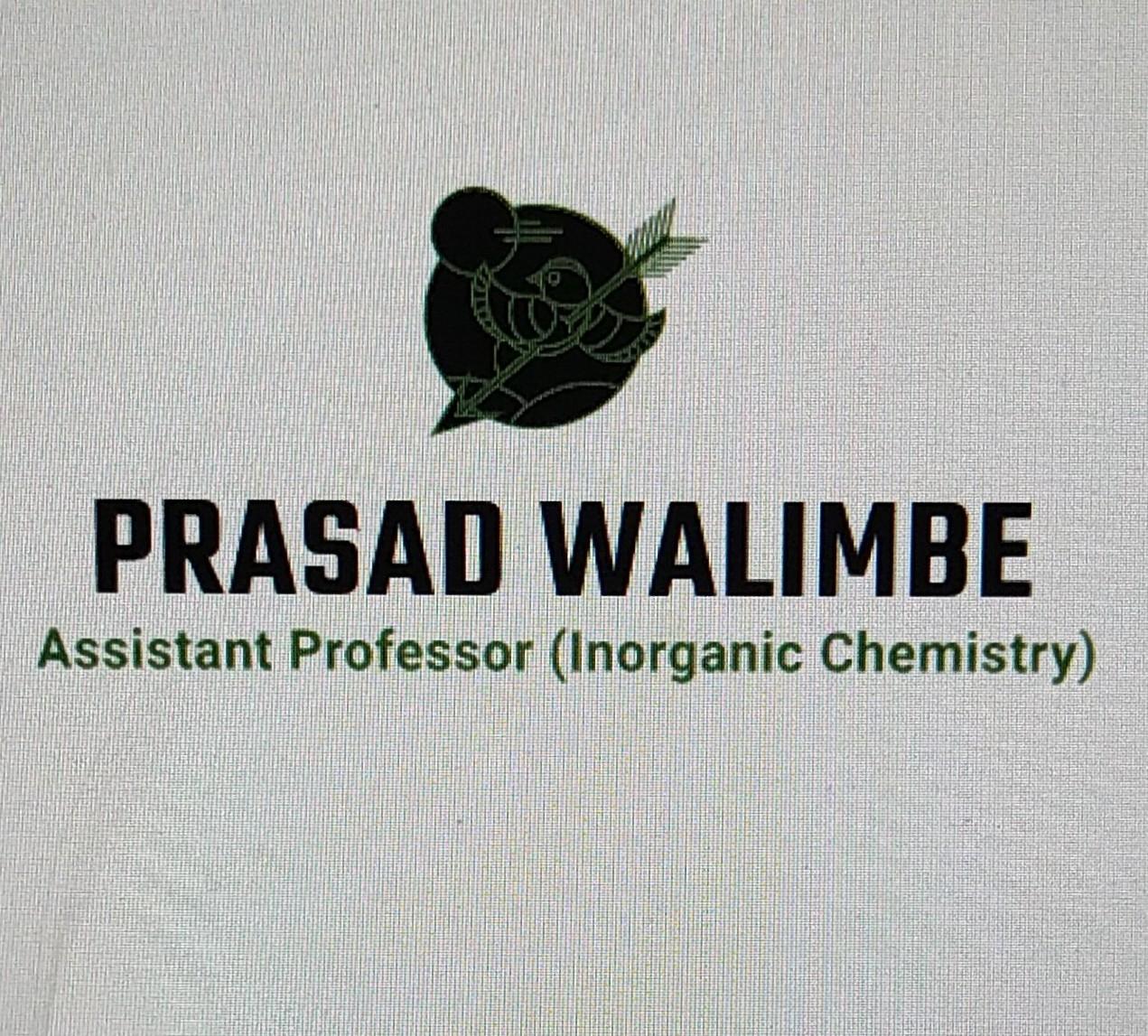Time management is very much important in IIT JAM. The eduncle test series for IIT JAM Mathematical Statistics helped me a lot in this portion. I am very thankful to the test series I bought from eduncle.
Nilanjan Bhowmick AIR 3, CSIR NET (Earth Science)Shweta Thakur posted an Question
- IIT JAM
- Chemistry (CY)
Why halogenation of alkenes give trans dihalides and not cis dihalides
why halogenation of alkenes give trans dihalides and not cis dihalides
- 1 Likes
- 4 Comments
- 0 Shares
-
Shweta thakur
according to me due to bulkiness of bromine which repel another bromine
-
Shweta thakur
I don't understand that point in which u have written bridged bond hinder and all
-
![comment-profile-img]() >
>
Walimbe prasad Best Answer
The alkene halogenation reaction, specifically bromination or chlorination, is one in which a dihalide such as Cl2 or Br2 is added to a molecule after breaking the carbon to carbon double bond. The halides add to neighboring carbons from opposite faces of the molecule. The resulting product is a vicinal (neighboring) dihalide. Nucleophilic pi bond attacks a halogen, pi bond breaks in the process Halogen retaliates and ‘attacks back’ resulting in a halogen bridge, second halide breaks away Bridged halogen has a +1 charge due to 2 bonds and 2 lone pairs Second halides returns and attacks from the opposite side of the molecule breaking the bridge Product formed is a vicinal dihalide The resulting product has 2 halogens attached on opposite sides or ‘anti’ to each other. This happens when the incoming nucleophile is forced to attack from the opposite face of the molecule when compared to the bridge location. If the halide attempts to attack from the same side of the molecule, the bridge bonds will hinder or block its electrons from reaching the partially positive carbon atom. Instead, the halide must approach from the opposite side of the bridge where it can use its lone pair of electrons to attack the carbon atom. Since carbon can only have 4 bonds, this attack forces carbon to let go of the bridge halogen, thus breaking the bridge. The unhappy halogen was already pulling so hard on the bonding electrons that this bond is considered easy-enough to break. The resulting molecule is considered a vicinal dihalide given that the 2 halogen atoms are attached to neighboring carbons. The very carbons that used to hold a pi bond. I hope I have cleared your doubt throughly... Thank you so much
![upload_1581866531634.jpg]()
Do You Want Better RANK in Your Exam?
Start Your Preparations with Eduncle’s FREE Study Material
- Updated Syllabus, Paper Pattern & Full Exam Details
- Sample Theory of Most Important Topic
- Model Test Paper with Detailed Solutions
- Last 5 Years Question Papers & Answers
Sign Up to Download FREE Study Material Worth Rs. 500/-










 >
>








Shweta thakur
plz tell